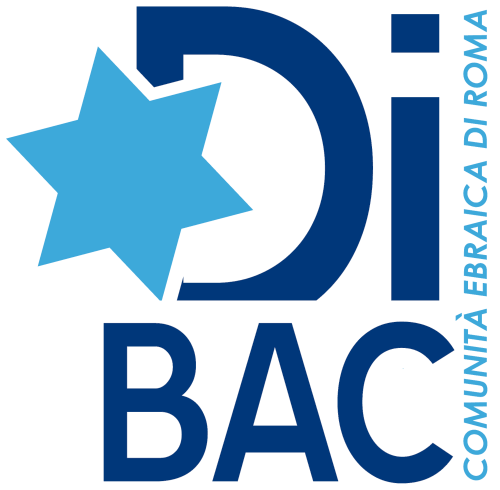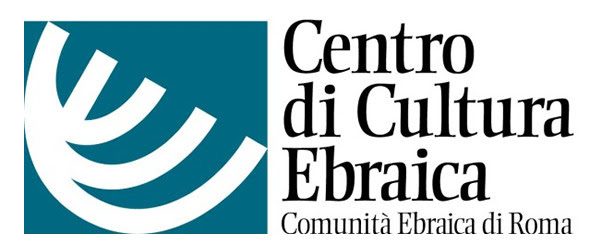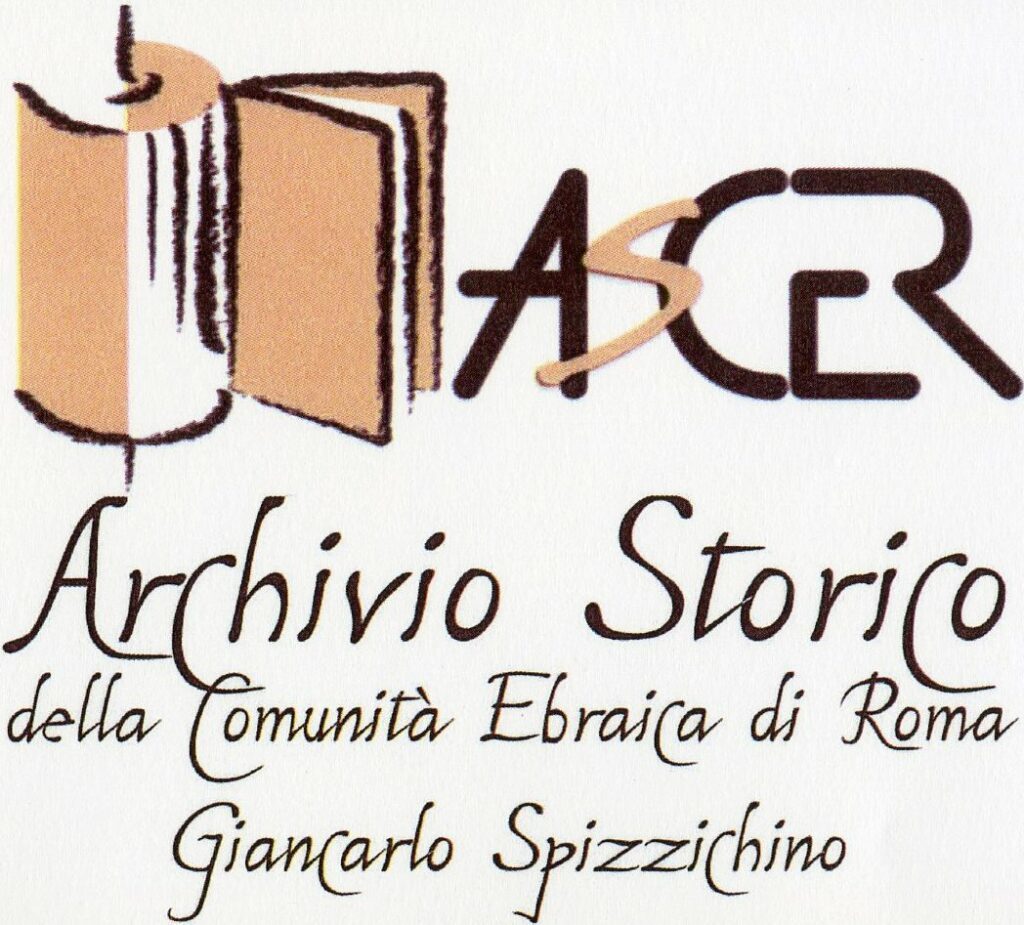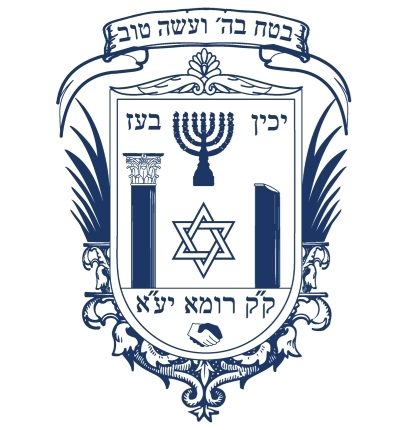DiBAC
The DiBAC (Department of Cultural Heritage and Cultural Activities of the Jewish Community of Rome) was established on 25th March 2010 and consists of two sub-areas: the Historical Archive (ASCER) and the Center of Jewish Culture.
The DiBAC articulates its functions in the following sectors of Jewish culture in Rome: conservation, research, teaching and divulgation.
DiBAC’s mission also includes the income generation of cultural heritage and fundrising.
Currently the DiBAC acts under the supervision of the Department of Culture and ASCER.
- Address: Largo Stefano Gay Tachè (Sinagoga) – 00186 Roma
- +39 06 68400628
- +39 3939399040
- dibac@romaebraica.it
- www.dibac.it
- Director: Cluudio Procaccia
- Reference advisor: Giordana Moscati

Center of Jewish Culture
The Centre of Jewish Culture is the cultural service of the Jewish Community of Rome, aimed at all those who want to learn about Jewish history, culture and tradition. Among its purposes there is the preservation of the memory of the Holocaust and the contrast to anti-Semitism and all forms of prejudice.
The Jewish language and culture courses to rediscover the historical, cultural and religious heritage of the Roman Jewish community, the debate on the fundamental themes of contemporary Judaism and on the current situation of Israel, the exhibitions, the shows, the educational projects, the interventions in schools are the milestones of an educational process that the Center has developed in over forty years of activity.
The Center organizes courses, conferences, conventions, exhibitions and shows often in collaboration with national and local bodies, institutes, foundations and public and private cultural associations.
The Center has a library of over 14,000 volumes of history, literature, Jewish thought, art, archeology, folklore and music relating to Judaism, history and life of Jews around the world and in Israel.
The Jewish Culture Center is registered at the Register of Cultural Organizations recognized by the Lazio Region.
- Coordinator: Giorgia Calò
- Via Elio Toaff, 2 - 00186 Roma
- +39 06 5897589
- Timetable:
-
From Monday to Thursday from 9:00 AM to 1:00 PM and from 1:30 PM to 4:30 PM
Fridays from 9:00 AM to 1:00 PM - centrocultura@romaebraica.it
- culturaebraica.roma.it

ASCER - Giancarlo Spizzichino
The Historical Archive of the Jewish Community of Rome (ASCER) “Giancarlo Spizzichino” is considered one of the most important archives in Europe for what concerns history of the Jews and, in 1981, it has been declared of “significant historical interest” by the Ministry of Cultural Heritage.
The ASCER contains mainly documents related to the period between the beginning of the sixteenth century and the end of the nineties of the twentieth century, for a total of 284 linear meters (more than 375 folders, 6,930 files and 1,555 registers).
Materials, according to the latest regulation carried out in 1963 by Daniele Carpi, are divided into two sections:
- Medieval and Modern Archives (16th-19th century), 80% rearranged under the guidance of the Superintendence for the Archival Heritage in Lazio by Silvia Haia Antonucci, Claudio Procaccia and Giancarlo Spizzichino, including documents concerning history of the Israeli University of Rome in the ghetto, or the Cinque Scole, the Confraternities, relations with the Papal State including the Jus Gazagà, the loan against interest, forced baptisms and the Casa dei Catecumeni, restrictions on the possession of Jewish books, harassment during the Catholic celebrations;
- Contemporary archive (19th-20th century) 100% reorganized under the guidance of the Superintendence for the Archival Heritage in Lazio by Silvia Haia Antonucci, Claudio Procaccia and Giancarlo Spizzichino, including material related to legislation, the construction of new synagogues, kindergartens, the Cave shelter, the Jewish hospital, relations with Italian and foreign communities and national and local authorities, the First and Second World Wars, the attack on the Greater Synagogue in 1982, visits by popes at the Great Synagogue from 1986 onwards, to the personal data of their members.
ASCER also presents:
- a Photographic Archive (scanned and filed by the company Win & Co. thanks to funding from the Lazio Region) which includes more than 9,000 images, taken from the end of the 19th century to the present day, concerning the ghetto area in the periods immediately preceding its destruction, the daily and religious life and institutions of the Jewish community of Rome from the end of the 19th century to the present day, including photos of the Land of Israel taken in the first decades of the 1900s
- a Music Archive (currently being inventoried by Maestro Claudio Di Segni) in which 285 original scores are kept, to which another 455 copies from the National Library of Jerusalem have been added for a total of 740 scores, dating back to the 19th and 20th centuries, performed during the period of the ghetto inside the Cinque Scole and, subsequently, in the Great Synagogue in Rome.

- Director: Claudio Procaccia
- Responsible for the archival conservation function: Silvia Haia Antonucci
- largo Stefano Gaj Tachè (Sinagoga), 00186 Roma
- +39 0668400663
- archivio.storico@romaebraica.it
- ascer.roma.it
- Timetable:
-
from Monday to Thursday from 8:30 AM to 6:00 PM
on Friday and Sunday from 8:30 AM to 12:30 PM
Saturday closed. - Summer timetable:
-
from Monday to Thursday from 8:30 AM to 5:00 PM
on Friday from 8:30 AM to 12:30 PM
Saturday and Sunday closed.
